
Clarinet Reeds
Understanding Clarinet Reeds
Clarinet reeds are essential components that significantly influence the sound and playability of the instrument. These thin pieces of cane are responsible for producing the characteristic tone of the clarinet. Understanding the various types of reeds available can enhance a musician's performance and overall experience.
Types of Clarinet Reeds
There are several types of clarinet reeds, each designed for different playing styles and preferences. Here are some of the most common:
- Traditional Reeds: These are the most widely used reeds and are known for their versatility. They suit various musical styles, making them a popular choice among clarinetists.
- Vandoren Reeds: Named after the renowned French company, these reeds are crafted for consistency and quality. The 56 rue Lepic model, for example, is celebrated for its superior performance.
- Organic Reserve Classic Reeds: These reeds feature a longer vamp for enhanced flexibility in tone and volume. They are designed with squared tip corners, making them easier to play.
- Specialty Reeds: Some reeds are tailored for specific genres or techniques, such as jazz or classical music. These reeds may have unique characteristics that cater to the demands of those styles.
Choosing the Right Reed
Selecting the appropriate reed is crucial for achieving the desired sound. Factors to consider include:
- Strength: Reeds come in various strengths, typically ranging from 1 to 5. A stronger reed may provide more resistance, while a softer reed allows for easier playability.
- Material: Most reeds are made from cane, but synthetic options are also available. Synthetic reeds can offer durability and consistency, while cane reeds are often preferred for their traditional sound.
- Personal Preference: Ultimately, the best reed is one that feels comfortable and produces the sound the player desires. Experimenting with different types can help clarify personal preferences.
Maintaining Clarinet Reeds
Proper care and maintenance of clarinet reeds can extend their lifespan and maintain sound quality. Here are some tips:
- Moisture Control: Reeds should be moistened before playing. However, excessive moisture can lead to warping. Store reeds in a case that allows for air circulation.
- Cleaning: Regularly clean reeds to remove residue. A gentle rinse with water can help maintain their condition.
- Rotation: Rotate between several reeds during practice sessions. This practice can prevent any single reed from wearing out too quickly.
Conclusion
Clarinet reeds play a vital role in shaping the sound and performance of the instrument. By understanding the different types available and how to maintain them, musicians can enhance their playing experience. Whether opting for traditional cane reeds or exploring synthetic options, the right reed can make a significant difference in achieving the desired sound.
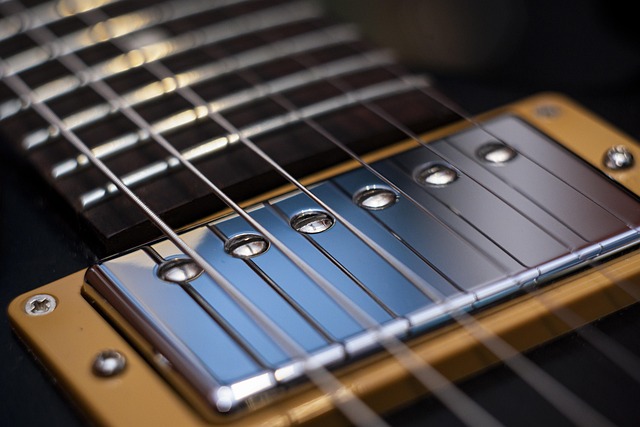


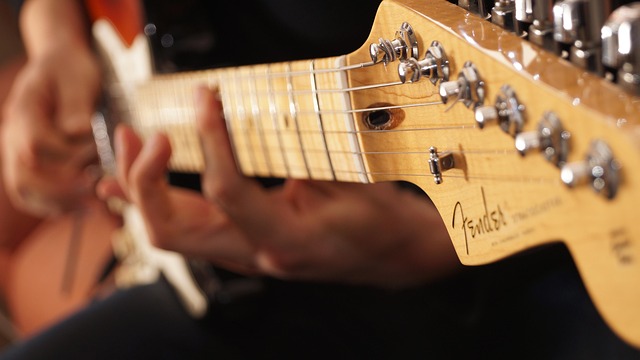

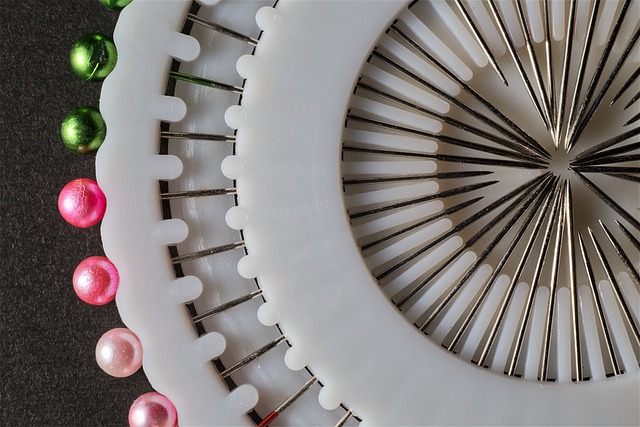



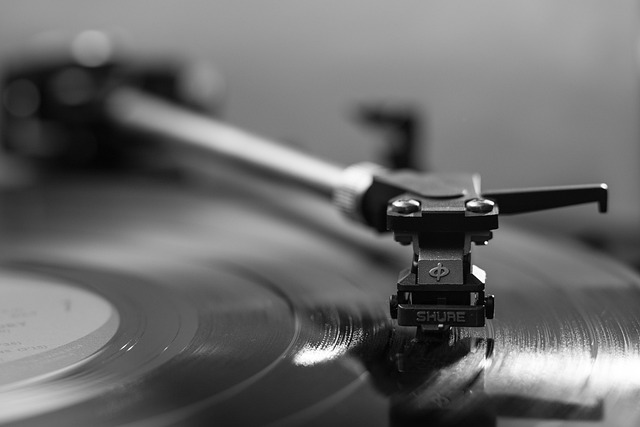




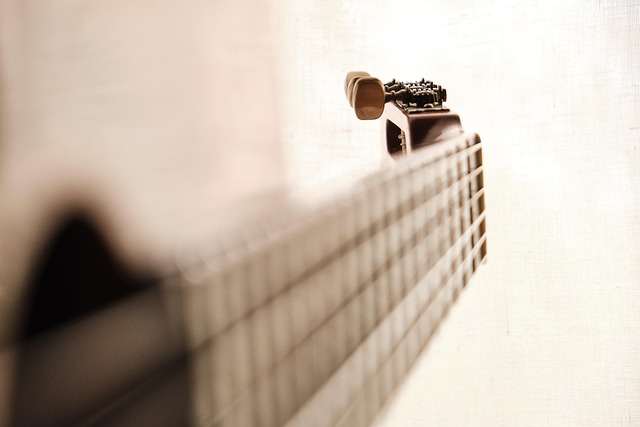





 Bootsy's Rubber Band: The Funk Phenomenon
Bootsy's Rubber Band: The Funk Phenomenon 
 Health
Health  Fitness
Fitness  Lifestyle
Lifestyle  Tech
Tech  Travel
Travel  Food
Food  Education
Education  Parenting
Parenting  Career & Work
Career & Work  Hobbies
Hobbies  Wellness
Wellness  Beauty
Beauty  Cars
Cars  Art
Art  Science
Science  Culture
Culture  Books
Books  Music
Music  Movies
Movies  Gaming
Gaming  Sports
Sports  Nature
Nature  Home & Garden
Home & Garden  Business & Finance
Business & Finance  Relationships
Relationships  Pets
Pets  Shopping
Shopping  Mindset & Inspiration
Mindset & Inspiration  Environment
Environment  Gadgets
Gadgets  Politics
Politics 